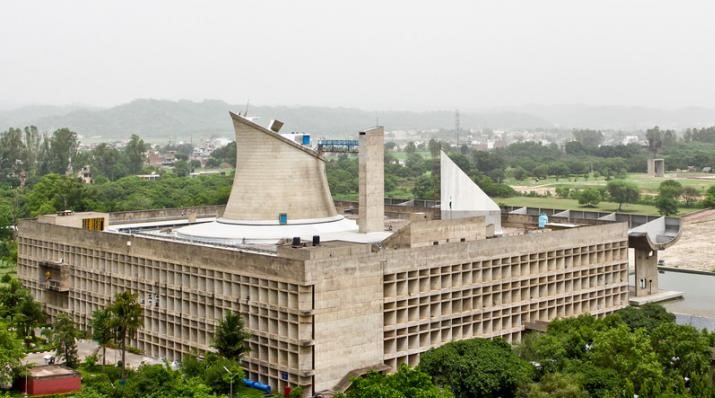 The 16th Punjab Legislative Assembly has earned a distinction for convening an unprecedented number of special sessions. Yet, despite their frequency, these gatherings have rarely translated into concrete or transformative outcomes. Instead, they have often resulted in additional financial strain on the state exchequer, leaving citizens questioning the tangible benefits of such exercises.
The 16th Punjab Legislative Assembly has earned a distinction for convening an unprecedented number of special sessions. Yet, despite their frequency, these gatherings have rarely translated into concrete or transformative outcomes. Instead, they have often resulted in additional financial strain on the state exchequer, leaving citizens questioning the tangible benefits of such exercises.
Now, as preparations begin for another special session—this time at the sacred town of Sri Anandpur Sahib, to mark the 350th martyrdom anniversary of Dhan Dhan Sahib Sri Guru Tegh Bahadur Sahib Ji—Punjab finds itself at a crossroads. This occasion, while deeply spiritual and historic, also carries immense political and constitutional significance. It presents a moment for Punjab’s leadership to rise above party lines and pass resolutions that address long-standing injustices stemming from the Punjab Reorganisation Act of 1966.
Historical Context: The 1966 Reorganisation and Its Aftermath
The Punjab Reorganisation Act of 1966, enacted by the Indian Parliament, carved out the present-day states of Haryana and Himachal Pradesh from the erstwhile Punjab. Chandigarh, intended as a temporary shared capital, was placed under Union Territory administration. However, in the nearly six decades since, Punjab has continued to feel aggrieved by certain provisions—particularly Sections 78, 79, and 80 of the Act.
These sections effectively transferred Punjab’s control over river waters and power projects to central authorities, diluting the state’s sovereign rights over its natural resources. Punjab’s farmers, industries, and policymakers have long argued that these provisions were unconstitutional and discriminatory, undermining both the federal spirit and economic stability of the state.
The Demand for Review and Restoration
At the upcoming session in Sri Anandpur Sahib, there is growing demand that the Assembly adopt a resolution to review all inter-state agreements that have exceeded 25 years in duration. Many such agreements—particularly those concerning river waters—are seen as outdated and unjust to Punjab’s current needs and population realities.
Moreover, there is renewed momentum for repealing Sections 78, 79, and 80 of the Reorganisation Act. Leaders across party lines have pointed out that these sections continue to deprive Punjab of full control over its Beas, Ravi, and Sutlej rivers—resources vital for its agrarian economy.
The Chandigarh Question: A Matter of Identity and Dignity
Equally central to the session’s agenda is the long-pending issue of Chandigarh, which was designed and developed as Punjab’s capital after Partition. Despite decades of assurances from successive central governments, the Union Territory continues to be jointly administered, with Haryana also claiming stakes. For many in Punjab, Chandigarh is not merely an administrative seat—it is a symbol of cultural identity, sacrifice, and statehood.
Hence, the anticipated resolution—“Raise the collective voice, let Chandigarh fully belong to Punjab”—is more than a political slogan. It encapsulates decades of struggle, broken promises, and a yearning for justice that resonates deeply with every Punjabi.
A Session Beyond Symbolism
As the Assembly gathers at the birthplace of the Khalsa spirit, Sri Anandpur Sahib, the symbolism is powerful: the land where Guru Tegh Bahadur Sahib Ji stood for truth and freedom may once again witness a collective assertion of Punjab’s constitutional and moral rights.
However, for this session to have genuine historical value, it must go beyond ceremonial speeches and token resolutions. It must produce actionable outcomes—resolutions backed by legal follow-up, unified political will, and sustained advocacy at the national level.